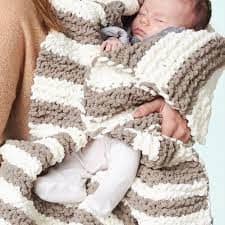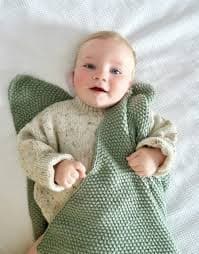A baby quilt is a great knitting project. These blankets are quick and easy to knit, they’re not too large, can be easily customised, and make a great gift for new parents. You can become a pro at knitting baby blankets in no time with tips and tricks. Get knitting!
The Size
Consider where and how the blanket will be used when you are making it. If you’re making a blanket for a baby, consider how it will be used. Blankets can be used as decor in the nursery. To be useful, a baby blanket must be 60cm x 75cm. The shape of a baby blanket can vary. It could be rectangular or square. Some blankets may even have an oblong, round design, and are knitted in the middle. You can choose. For Crochet Blanket Kits, visit https://www.woolcouturecompany.com/collections/blanket-and-cushions-crochet-kits
Choose between yarn and needles
The blanket must be machine washable. Remember that babies can be messy, even if it is a decorative item. In an emergency, a babysitter may grab the closest blanket. It will have to be resistant to everything from food stains to spit up.
Superwash wool, brushed cotton, or blends with synthetic fibres, like acrylic, are also good choices. Because of the fibres in these blankets, new mums may not have time to wash them by hand. Make sure that the yarn can be washed using a washing machine. It’s amazing that there are so many yarns with blends of fibres like cashmere and merino which can be washed. Check the instructions on the ball before you start.
Colours
Making a blanket for a newborn can be a lot of fun. The traditional colours for baby blankets are light yellow, white, pale blue, pink and green. Primary colours are great for stimulating a baby’s sensory system. When it comes to colour, you can be creative. Choose from traditional colours or choose a colour that matches the room of the child or another present you are giving.
Pattern
When it comes to patterns for baby blankets, there are some things to keep in mind. Baby’s fingers, toes and noses are all very small. If you’re looking to add a yarnover, or yarn forward into the pattern, eyelet patterns may be a good choice. However, a full lace panel might not be the best option for a baby. Simple knit and purl patterns can be a great option because they’re easy to understand, are usually reversible and are generally simple.


